Your cart is currently empty!
Category: Cultivation Tips
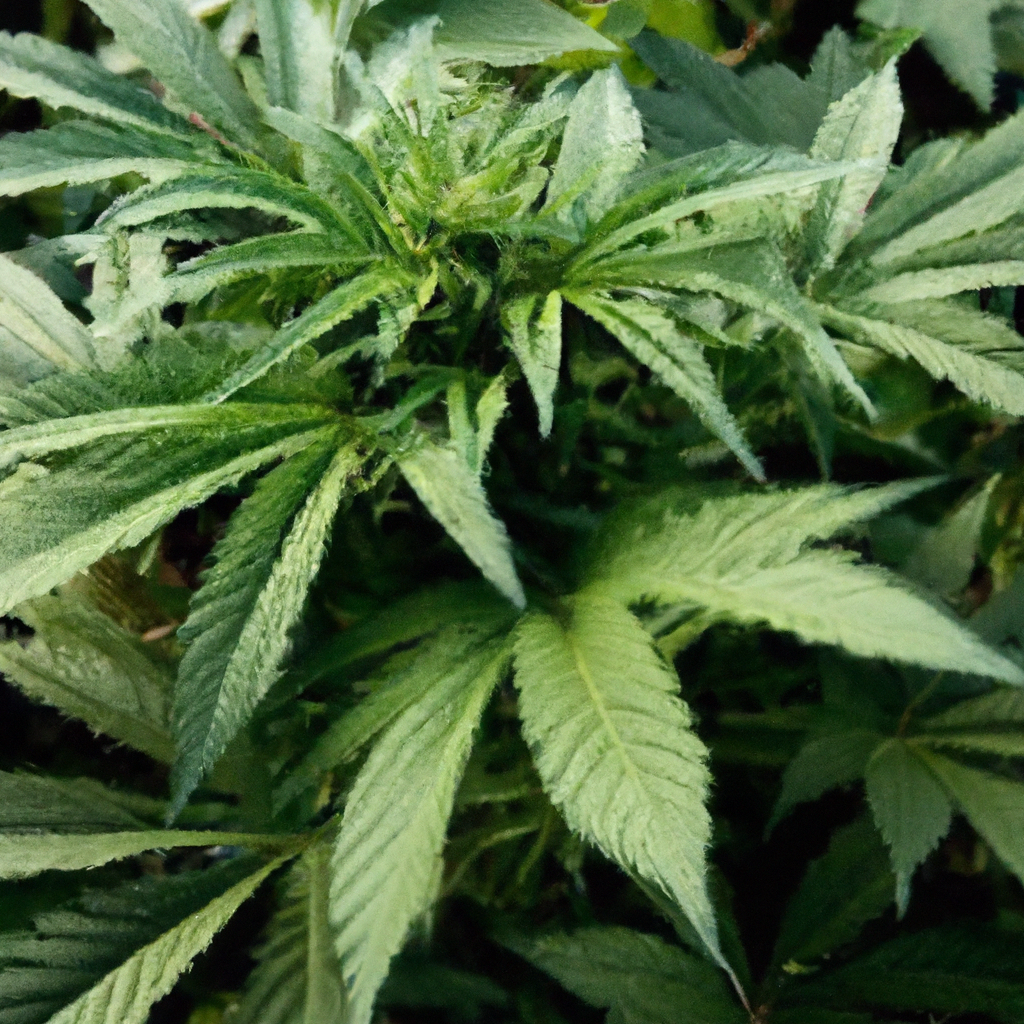
Companion planting can transform cannabis cultivation by creating a resilient ecosystem that enhances growth, repels pests, and improves soil health. Certain plants like marigolds, clover, basil, lavender, and sunflowers offer benefits such as pest control, improved soil conditions, and increased yield. Implementing companion planting involves assessing the needs of your cannabis grow, selecting suitable companion…
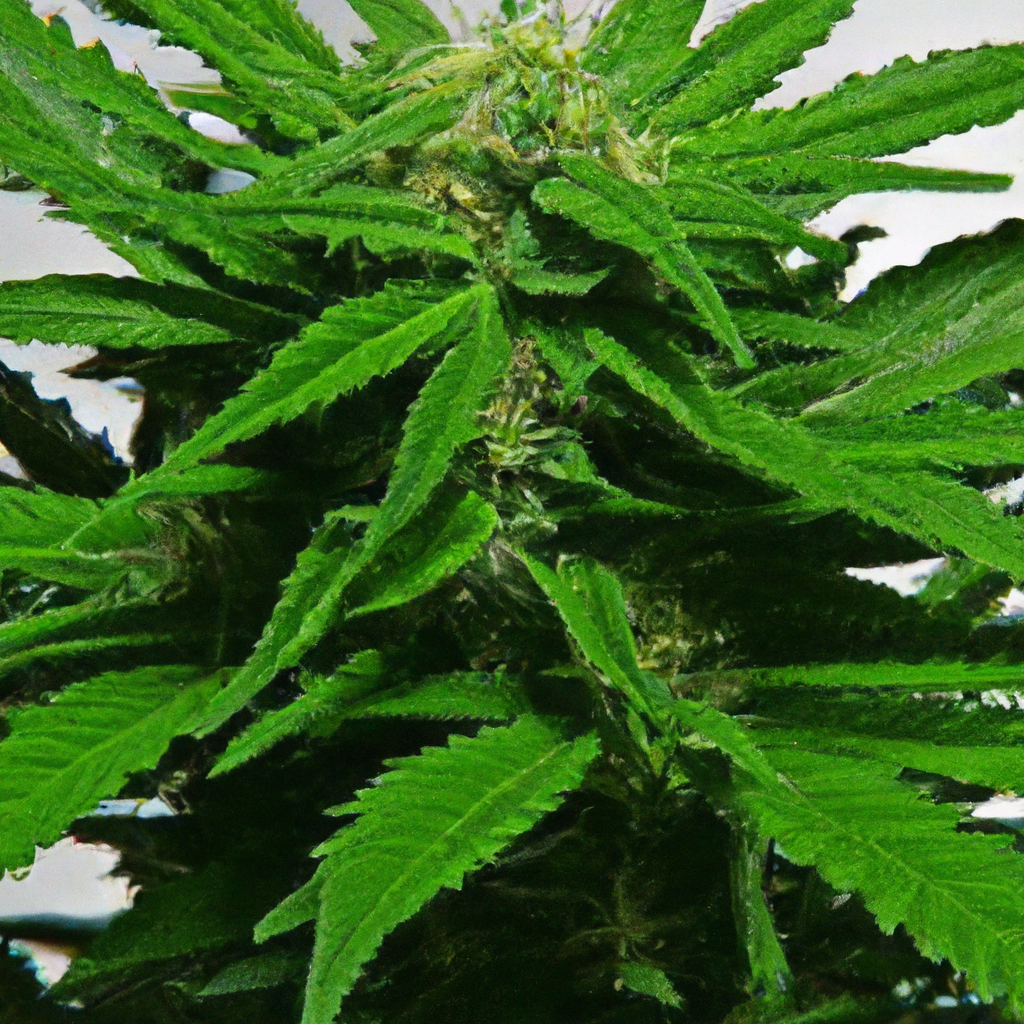
Managing heat stress is vital for successful cannabis cultivation, as high temperatures can harm plant health and reduce yields. This guide offers practical tips to prevent and address heat stress, such as optimizing ventilation, using reflective surfaces, and maintaining appropriate humidity levels. Recognizing heat stress signs like curling and yellowing leaves, and taking remedial actions…
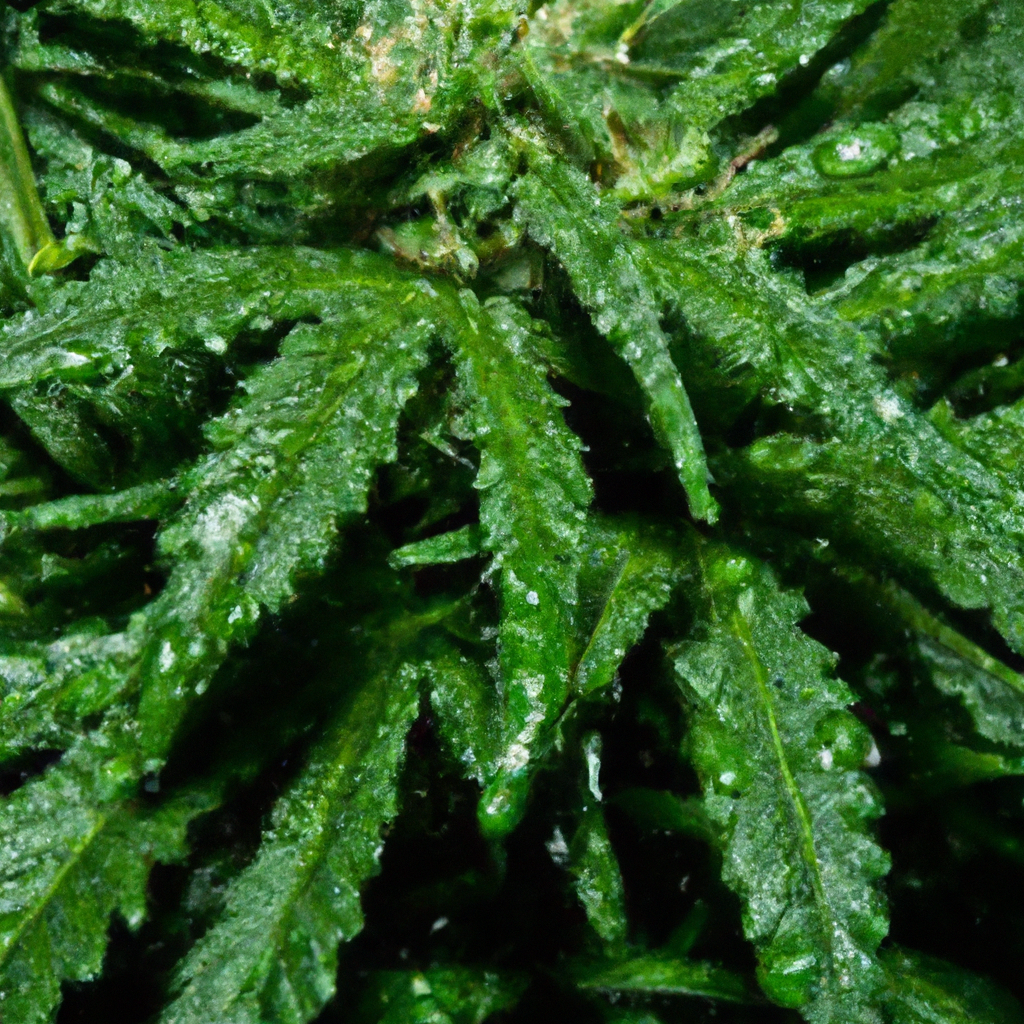
Efficient water use is key to successful cannabis cultivation and environmental sustainability. This guide offers tips on managing water effectively, from understanding cannabis water needs based on growth phases to employing effective techniques like drip irrigation, capillary matting, and rainwater harvesting. Avoid common mistakes such as overwatering and uneven watering by using soil moisture meters.…
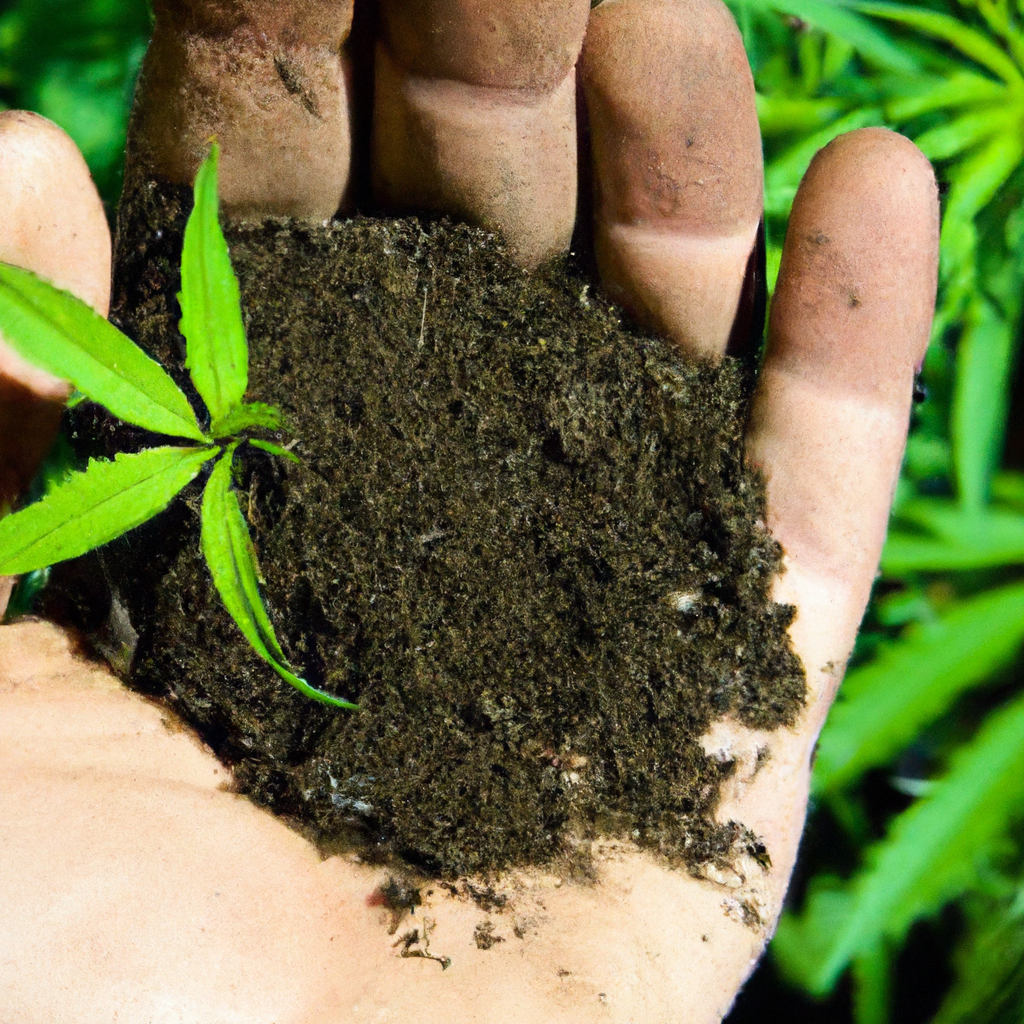
Discover the benefits of using organic fertilizers in cannabis cultivation, which enhance soil health, increase microbial activity, and ensure a sustainable growing process. While transitioning can present challenges like nutrient deficiencies and higher costs, solutions such as balanced nutrient mixes and DIY composting are effective. Essential tips include starting with a soil test and choosing…

Rotational grazing, a technique traditionally used in livestock farming, is being applied to cannabis cultivation to optimize soil health, manage pests, and enhance yields. By rotating crop locations, this method reduces soil compaction, interrupts pest life cycles, and supports microbial diversity. Implementation involves careful plot planning, soil preparation with organic matter, and scheduling rotations based…
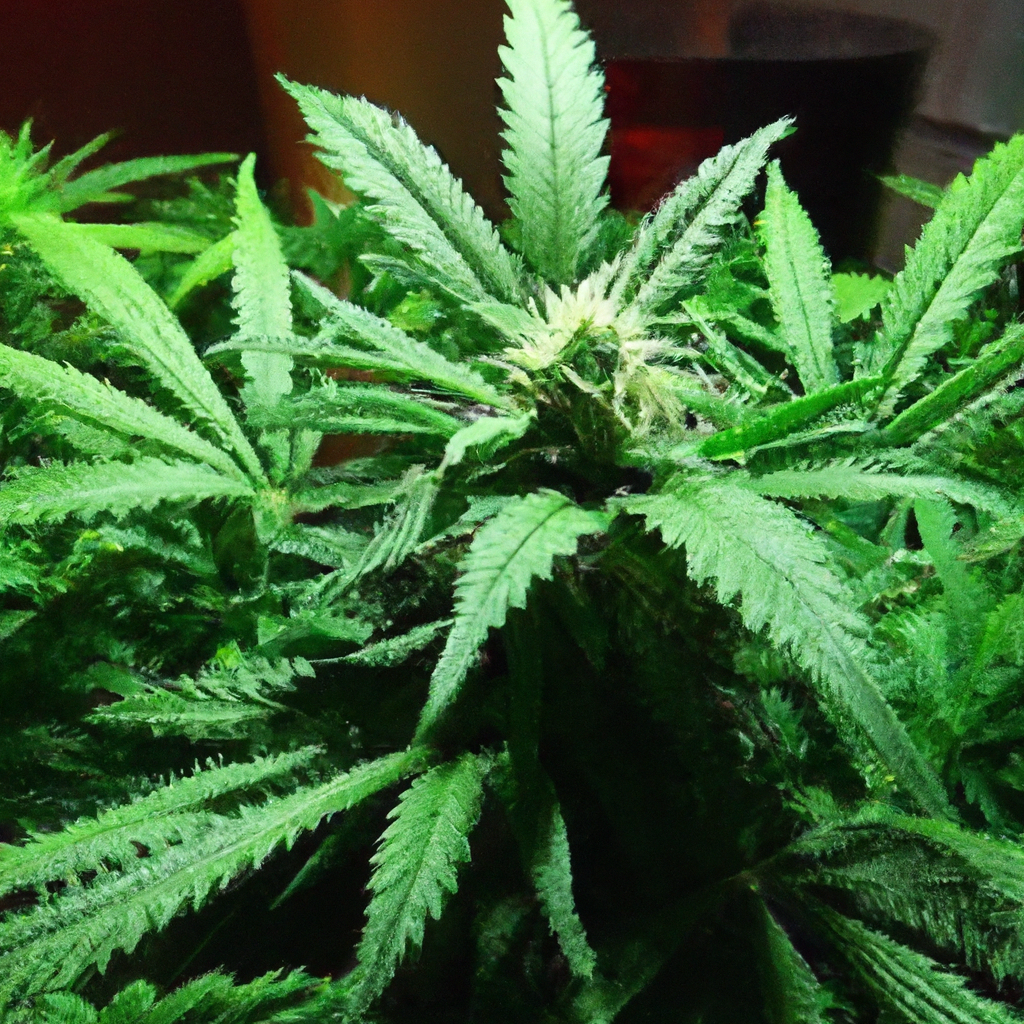
Cannabis cultivation is evolving with smart symbiotic methods that enhance growth and resilience. By fostering a natural ecosystem, growers use beneficial microbes, companion plants, and insects to support plant health and yield. Mycorrhizal fungi and rhizobacteria improve nutrient uptake, while plants like marigolds, basil, and clover deter pests and enrich the soil. Beneficial insects such…
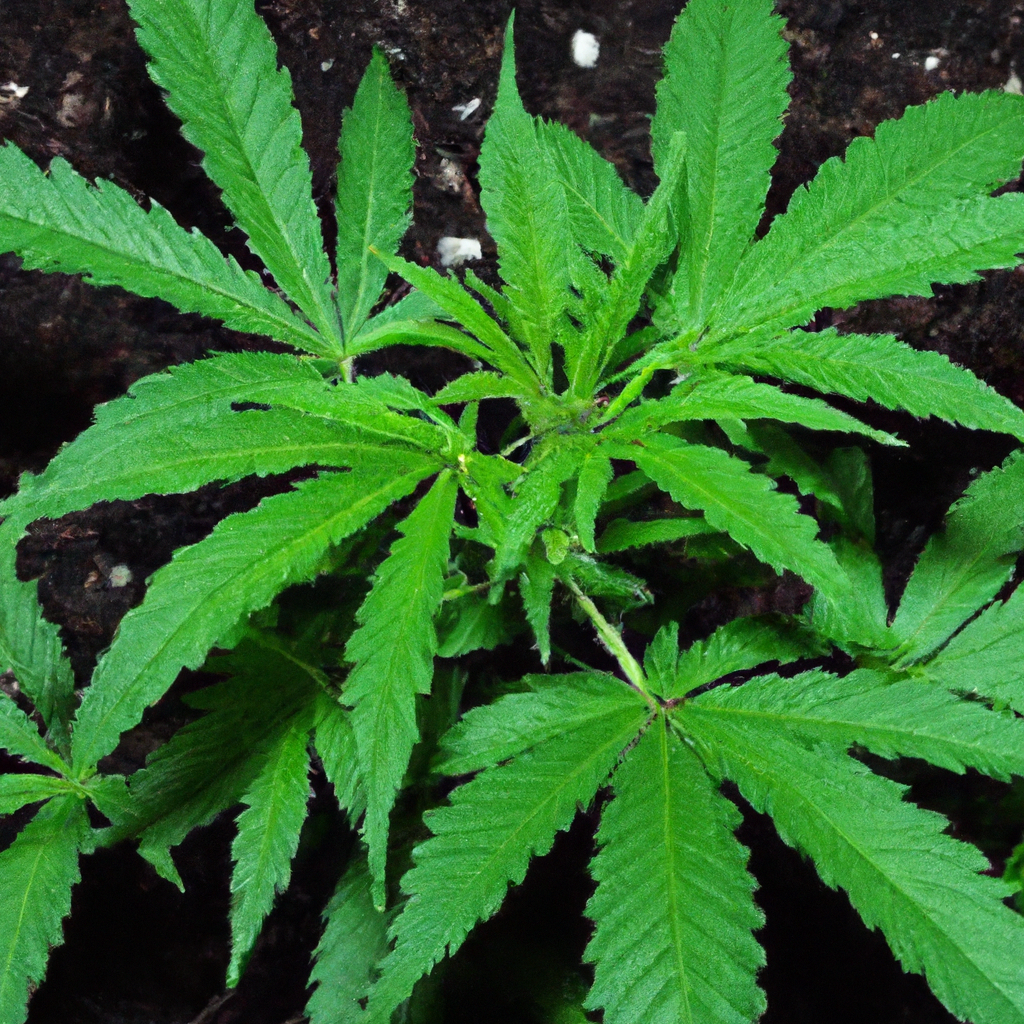
Achieving robust cannabis growth starts with soil health, integral to plant vigor. This article explores essential soil health practices, key for both novice and seasoned growers, to optimize cannabis cultivation. It highlights the importance of maintaining nutrient-rich soil, fostering microbial diversity, and ensuring proper moisture balance. Key practices include composting for nutrient-rich soil, cover cropping…
In cannabis cultivation, plant shaping can greatly enhance yield by optimizing light exposure and branch structure. Key techniques include topping, which encourages multiple main colas; low-stress training (LST) for improved light and air penetration; super cropping to strengthen plants; and the Screen of Green (ScrOG) for an even canopy. While shaping boosts yield, it may…

Achieving the right climate in cannabis cultivation is crucial for plant health, yield, and cannabinoid profile. Key elements include temperature, humidity, and airflow, with optimal conditions enhancing growth at each stage. Common challenges such as temperature fluctuations and high humidity can be addressed with heaters, coolers, and dehumidifiers. Utilizing technology like smart sensors and automated…
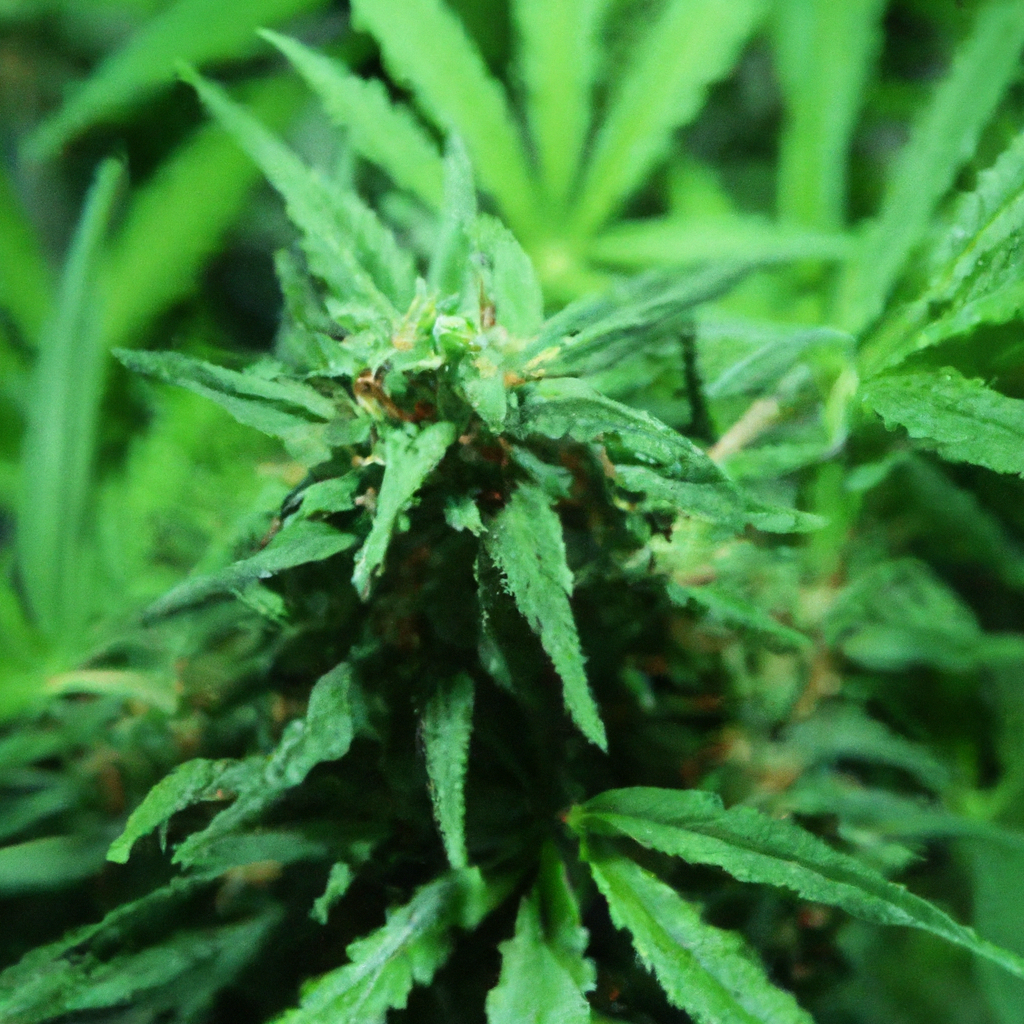
Cannabis cultivation blends science and nature, and leveraging the plant’s natural resilience can significantly optimize yields while protecting against pests and diseases. This guide explores techniques such as improving soil health, utilizing beneficial microbes, and implementing stress training to enhance cannabis growth. Techniques like integrating compost and companion planting improve soil ecosystems, while mycorrhizal fungi…
